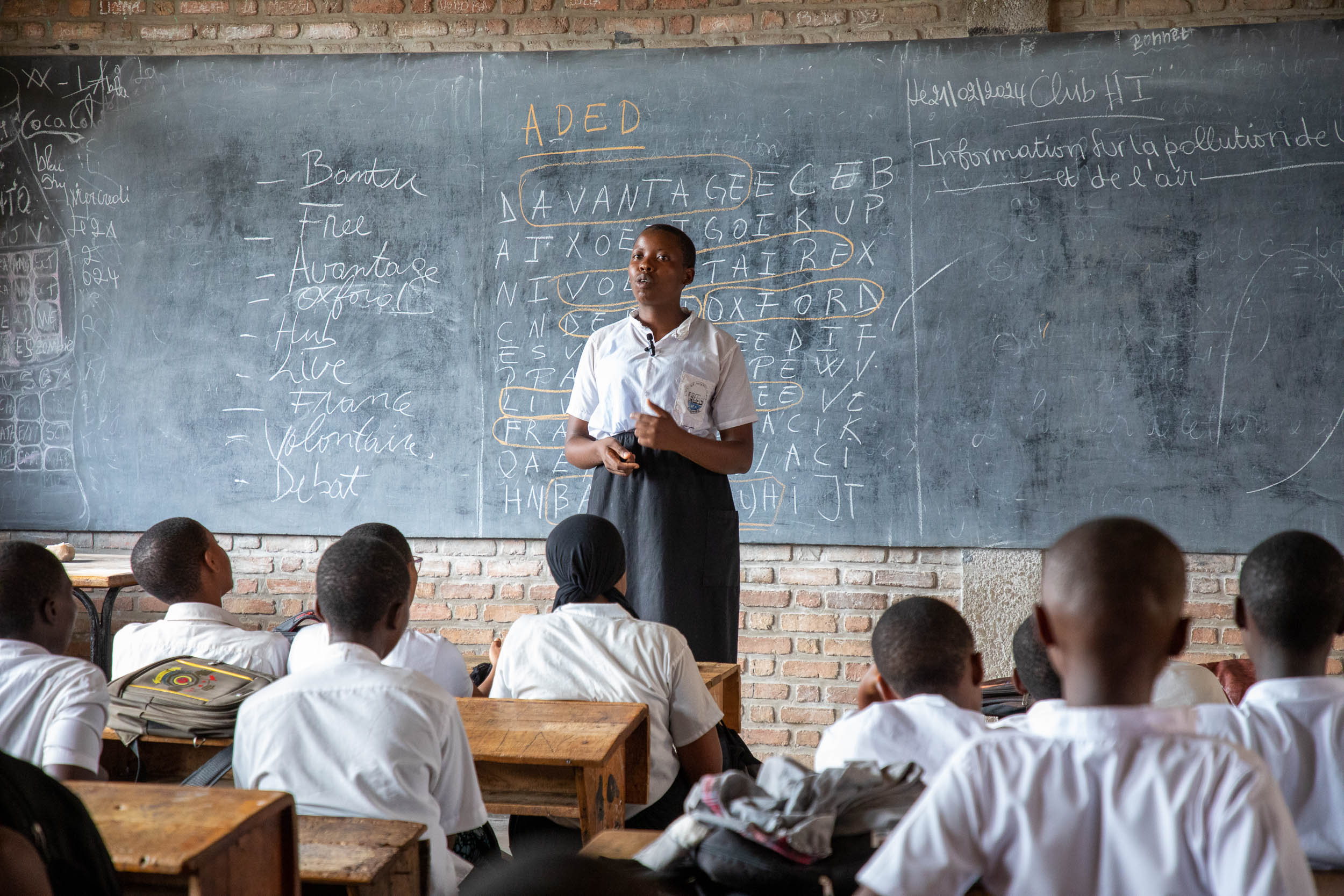Spring Communities is aware of the importance of evaluation, on the growth of our actions, we have a vocation to question the practices, the activities, their effects and the relevance of our projects.
As part of making changes in education and improving livelihoods we have a monitoring and evaluation plan that integrates all elements. This is a management tool that shows staff, donors and stakeholders how our actions are addressing programme issues, demonstrating results and how resources will be allocated to the project. We communicate to stakeholders the results of monitoring, evaluation, analysis and data use processes; M&E deliverables, activities, timelines and progress indicators. We collect and transform data into information for evidence-based decision-making at all stages of the programme, ensuring that spring communities’ goals and objectives are systematically identified, addressed and evaluated.

Matrix of Indicators
The indicators used to measure progress are presented in the overall matrix for each Spring community’s objective. The matrix highlights the indicators by component: young people, children and communities. For each indicator, the matrix shows its definition, frequency, tools, those responsible and the collection method.

The performance Framework
Indicators are selected and included in the performance framework, which could then be used as a contractual document at various levels.
It will make it possible to monitor the level of implementation of interventions and to assess performance through results indicators. It is used as a contractual document for results-based projects.

The Scorecard
This is in the form of a “scorecard” and is used to illustrate the change in indicators for each objective and for the organizational level, as well as to see the gap that needs to be filled for the various quantitative and qualitative indicators, so that change can be expected in relation to the targets set.

Basic Assessment
In order to assess the qualitative changes in our structures, and to monitor the progress of changes in the level of learning of the learners, we have tools for analyzing the initial situation of a structure and the level of knowledge of the young people before the start of the activities in order to monitor the progress of the learners, the structures and the teachers. We use the APPS model (Awareness, Protection, Participation, and Skills development) to analyze the level of knowledge of the learners and to guide the teachers so that they can provide tailor-made teaching. We use the TARL model (Teaching at the right level).

